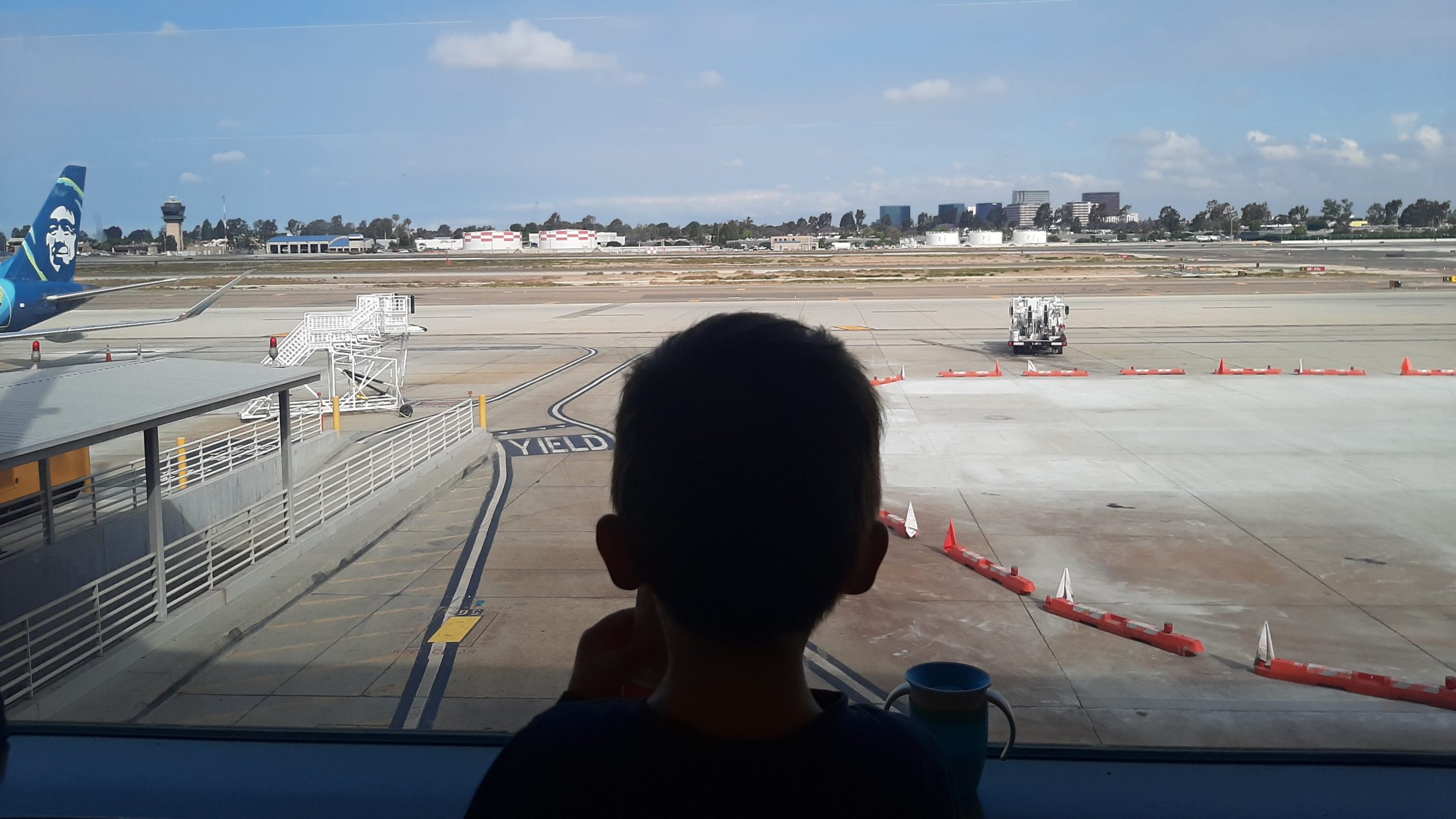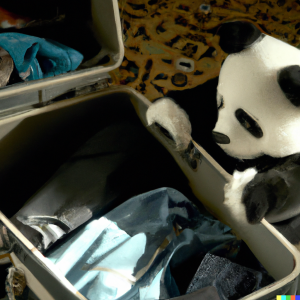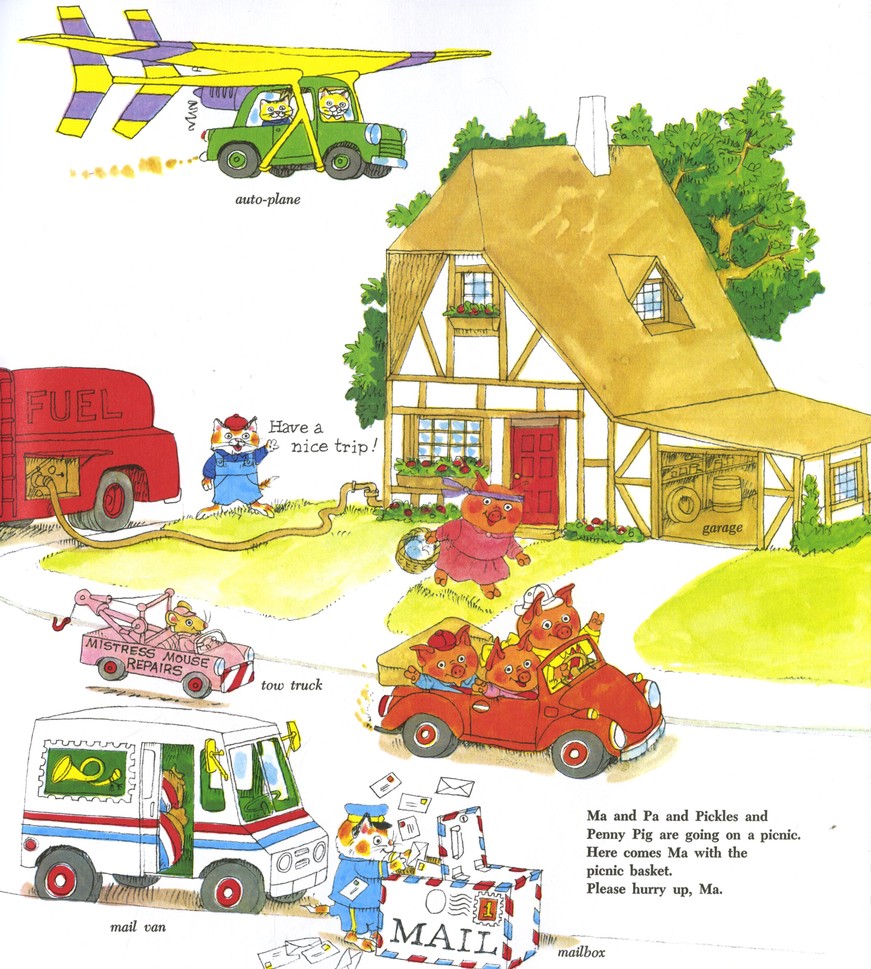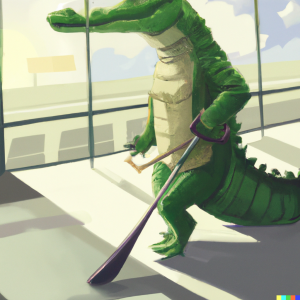We recently visited California and my son experienced his first flight. It was a milestone we were dreading, not knowing how he would handle being in an airport or on a plane. I wasn’t looking forward to a mid-flight tantrum or the glares from other passengers after requesting the pilot land and pull over so we could get some fresh air. Thankfully, that impossible request wasn’t necessary and my son seemed comfortable with the whole experience. Here is what my wonderful wife and I did to help prepare him (and ourselves) for the trip. We learned these tips from family, friends, colleagues, my own mistakes, and research.
Please add your own suggestions in the comments. I’d love to know what has been helpful for your family and learn more. This was only a 3.5 hour flight, and we need to prepare for longer ones.
1. Choose your flight time carefully.
My son will fall asleep on long car rides, so we chose a flight that departed shortly after his normal nap time. He ended up napping for more than half of the flight time. A colleague told me that on red eye flights, she changes her kids into their pajamas before getting on the plane and tries to follow their bedtime routine as closely as possible. Your child’s favourite blanket provides a familiar comfort. A stuffed animal, small pillow, or bundled up soft hoodie to use as a pillow can be good to have too.
2. Splurge on tickets, when possible.
I’m clearly biased, but I believe the people most deserving of being pampered in business class are parents of young children. Use those points and air miles. If first or business class is too expensive, try premium economy or buy an extra seat to have a full row for your family. We could afford to fly business class on the way back. It wasn’t an AMAZING upgrade (the difference on a longer flight would be more significant), but it definitely was appreciated by us parents. Lounge access before the flight was particularly convenient for snacks. I did keep my tiny bottle of fancy salad dressing as a souvenir.
3. Keep essential items for your child easily accessible.
This seems obvious, but it’s not just about checked versus carry on bags. We put all of the essentials for our son in a carry-on bag that could fit under the seat. That way we didn’t have to unbuckle our seatbelt, block the aisle, open the overhead storage compartment, heave down a suitcase, unzip the suitcase, apologize for accidentally elbowing a flight attendant, dig through for the requested item, etc. We opted not to buy a roller suitcase that a child can sit on after trying a couple, because they can be dangerous (easy to fall off) and can’t fit much inside. Instead we picked a standard hard suitcase in a bold colour (easy to spot) that will last longer.
4. Refill water bottles after going through security.
I remember having to run for a flight with my parents, and not having water available once we were on the plane. Thankfully a kind flight attendant provided us with some water just before take off. In the best case scenario, arrive early to the airport with your refillable water bottle. Finish drinking or dump it before going through security. Then use one of the water fountains / drinking stations in the airport. This way you and your child always have access to water and you don’t have to purchase a bottle. It’s also nice if you prefer the taste of local water to wherever you are travelling. I slowly open my bottle right after take off and landing, because the changes in air pressure can result in a splash in my face when I’m not careful.
5. Have a yummy treat or drink to combat ear-popping.
For infants, take off and landing is a good for milk. Drinking, chewing, or eating something helps with the changes in pressure and uncomfortable ear-popping. A smoothie, drinkable yogurt, or in our case, a sugar-free lollipop are all alternatives to consider. It shifts the focus away from what might be a scary moment, and creates a positive association with flying. (Just make sure you bring enough for every flight).
6. Bring headphones for your child.
Headphones vary widely in design, quality, and price. There is a whole subset just for children. Some are “mufflers” which don’t play any sound, but help dampen external noise. These are inexpensive and some children with special needs or sensitive hearing appreciate them. I wanted to have the option to play music, audio from a show, or relaxing sounds from my phone for my son. The particular headphones I bought for him were from Amazon. You don’t need to buy this model or shop from Amazon, but here are features I recommend.
– Over ear instead of on ear or earbud (more comfortable and better for noise reduction).
– 85/94 dB adjustable volume protection limit with a switch on the cable, next to a play/pause button. 85 good for normal use, 94 good for airplane or noisy environment. Great to have a volume limit to protect his hearing.
– Wired instead of wireless (easy to connect, less likely to lose them, and wireless not needed since he’s on the airplane or in a car when using them).
– The wire is covered with nylon braided rope, so it’s durable.
– The headphones themselves are also pretty flexible and durable.
– Cheap, so if he breaks them, I won’t care.
7. Download shows or movies your child likes in advance.
We don’t like to do too much screen time, but will make some exceptions when our son is sick or having to wait for a long time. Shows are great because they generally have a consistent duration. Using my wifi at home, I downloaded several unseen episodes of shows my son likes. Most streaming apps have this function now. You may want to have a separate tablet, iPod, or laptop for this. Some planes have plugs to charge your device as well. You can buy a cheap headphone splitter if you wish to watch something together and use multiple headphones. Even if you don’t end up watching all or any of these shows, it’s reassuring to know you have them as a distraction.

8. Let windows provide entertainment.
Our son enjoyed the window seat so he could look outside, especially during landing and takeoff. We encouraged him to look for things and describe what he saw to us. In the airport, if there isn’t a good play area near your gate, finding a big window with some outside activity (e.g., luggage being loaded) can be exciting for young ones. If they are interested in observing, drawing, questioning, or talking about what they see, it can be a good extended learning activity. Some airports have better play areas than others. On a trip to Minneapolis, I found the cool one shown below.
9. Solve the stroller & car seat obstacle in advance.
We didn’t bring either so we wouldn’t have to lug them around. I reserved a stroller online in advance that we could pick up and return at our hotel. This worked because we only needed it for part of our trip. For the car seat, my parents graciously purchased one for when we would be visiting them. My understanding is we didn’t need a car seat for buses, trains, or subways. From conversations with Uber and taxi drivers, I learned most won’t have a car seat available unless you request in advance. Even then, it’s good to call to confirm before arrival. I booked a shuttle van with a car seat to take us from the airport to our hotel and back. It wasn’t a great car seat and the driver installed it poorly, but my wife redid the installation and made it work. We also flew into a smaller, local airport for 2 of our flights, and this cut down on car travel time considerably. Since our son was over 2 years old, we bought him his own seat and I also opted to buy an optional CARES child airplane safety harness. Honestly, we only used it for 1 of our 3 flights. Our son wasn’t comfortable in it, and while it’s more convenient than installing a car seat on the plane, I felt it was unnecessary.
10. Bring activity books, new books, or a new toy.
Turn pre-flight jitters into an in-flight Christmas experience! I don’t recommend spending a lot on this, and take advantage of your local library or community toy sharing options. But the novelty of a new story, toy, or game definitely will brighten your kid’s day. You don’t want to choose something with lots of little pieces that can be lost easily (sorry, Lego), or something so big they need to be outside to enjoy it. Colouring books are great, as well as puzzle books like Where’s Wally (UK) or Where’s Waldo (USA/Canada), as they are interactive and hold attention longer than the average picture book. As they are packed with fun details to explore, I’d recommend the Everything Goes book series by Brian Biggs, or the classic: Cars and Trucks and Things that Go by Richard Scarry. Every book by Richard Scarry is full of colourful characters, humour, and action.
Bonus Tip: Create a personalized book, a.k.a. “social story” for your child.
Reading books in advance about airports, airplanes, and the destination you plan to visit can help reduce your child’s worries and build their interest. It’s also fun to look at a map together. I was inspired by the book: Daniel Tiger Visits the Doctor, to create a personalized book for my son about our trip in advance. You don’t need to be an author or artist to do this. I’d include your child in the process of making the book, particularly if they are a little older or like to draw.
In my book, I described the process we would take from packing our bags and taking the bus and skytrain to the airport, the check-in and security process, and everything up to the point of arriving at our hotel. I tried to keep it simple, tell it from a child’s perspective, and use relevant images for every page. It’s definitely not my son’s favourite book, but I think it made the journey less confusing as he knew each step to expect. For images, I used a combination of our own family photos (familiar and personal), online photos (I’m not publishing or selling this book so was not limited to royalty free images), and A.I. generated art. This was a perfect use-case for A.I. art for me, because I needed images for some things I couldn’t find quickly from a search engine, and they could be messy, flawed, and a little abstract. The illustrations I’ve included in this article are all images I generated using DALL-E, but you could also use Midjourney or a similar platform. I chose Dall-E because I hadn’t tried it before. I used actual photography for most of the book because it was closest to what my son would actually see. I’m pleased he remembered: “crocodiles with swords cannot go on the plane.”






2 thoughts on “10 Tips for Flying with a Toddler”